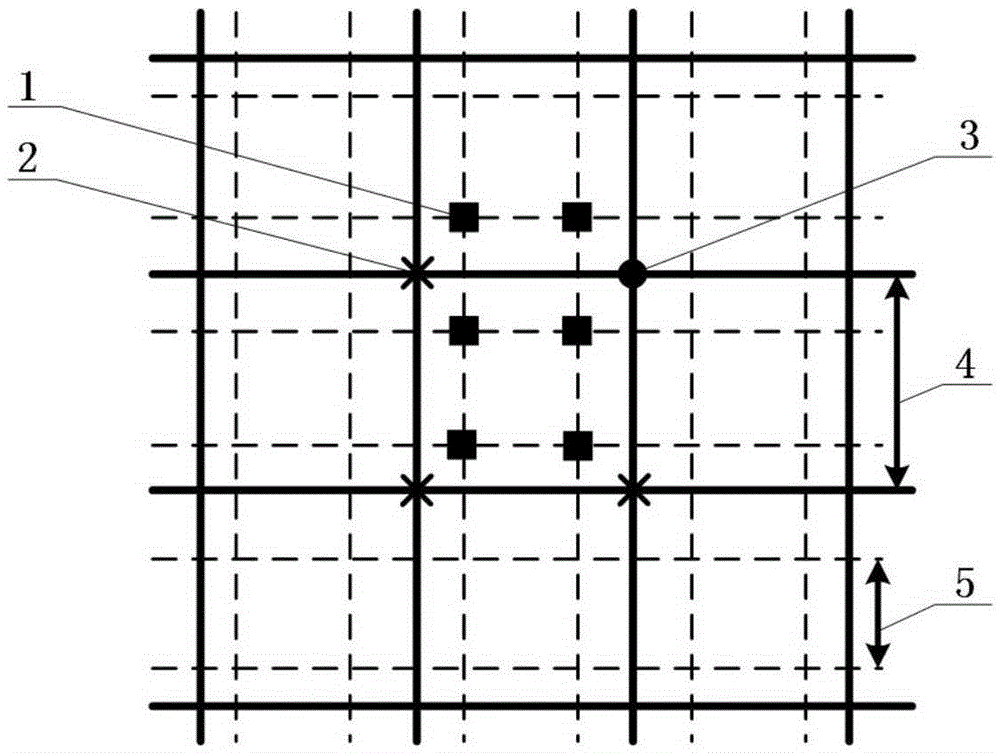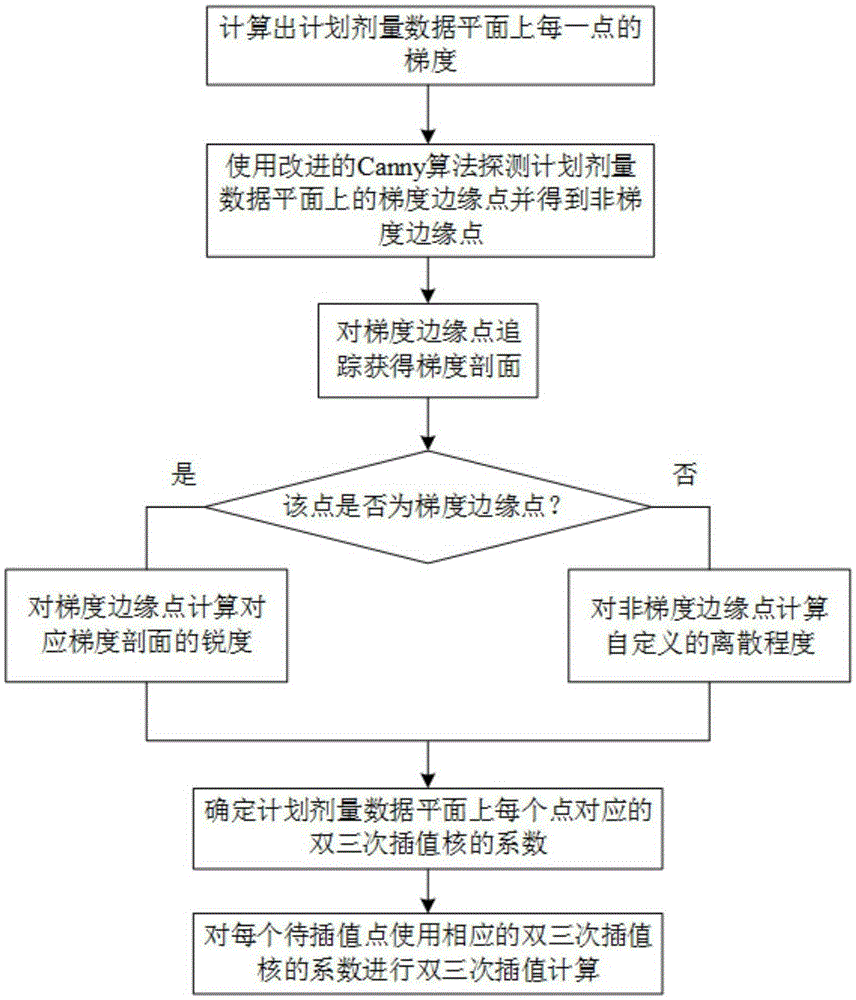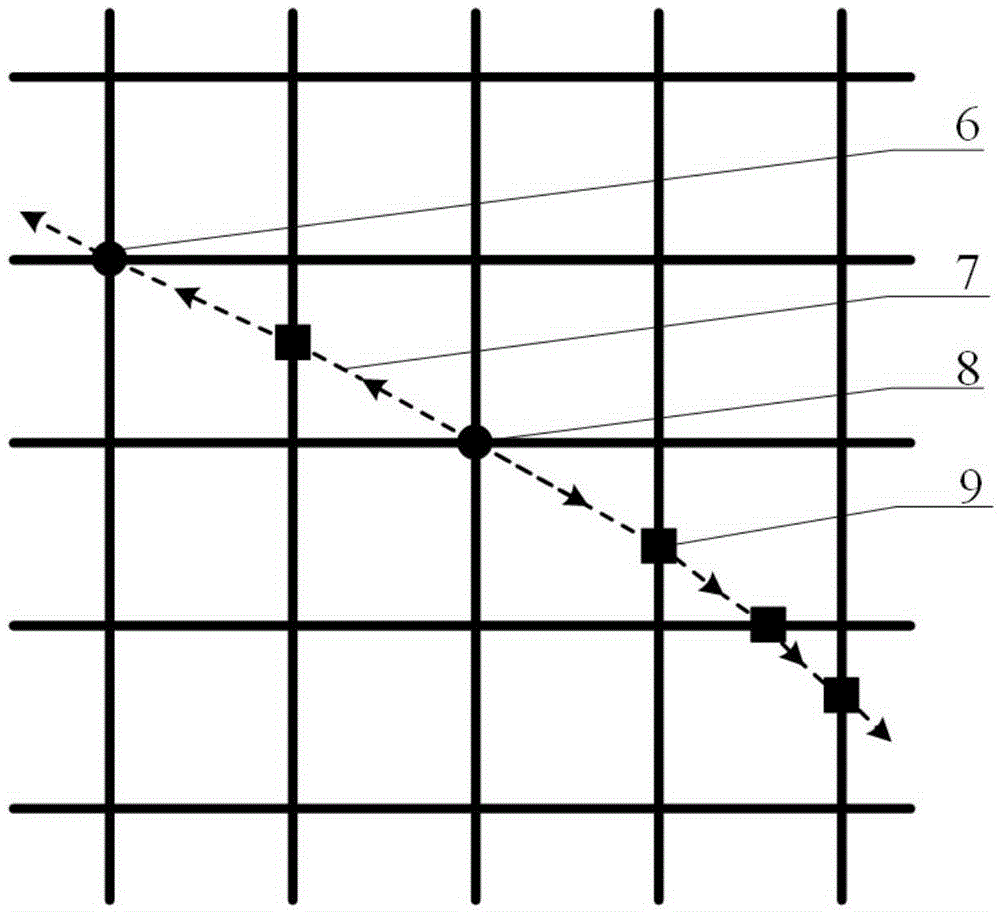Interpolation algorithm for intensity-modulated radiation therapy plan dose data based on gradient features
An intensity-modulated radiation therapy and interpolation algorithm technology, which is applied in special data processing applications, calculations, electrical digital data processing, etc., can solve problems such as misleading judgments of doctors and physicists, large calculation errors, and loss of gradient information, etc. The effect of small gradient edge points, improving calculation accuracy, and overcoming smoothing effect
- Summary
- Abstract
- Description
- Claims
- Application Information
AI Technical Summary
Problems solved by technology
Method used
Image
Examples
Embodiment
[0048] figure 2 The flow chart of the interpolation algorithm of the dose data of the intensity-modulated radiation therapy plan based on the gradient feature of the present invention is shown. This embodiment is described in detail according to this flow chart. The specific steps are as follows:
[0049] (1) Calculation of the gradient and gradient modulus on the dose plane of the intensity-modulated radiotherapy plan
[0050] Read the intensity-modulated radiation therapy planning dose data plane I generated by the intensity-modulated radiation therapy planning system L , for each point (i, j) on the dose data plane of the intensity-modulated radiation therapy plan, the gradient ▽I in the horizontal direction can be known from the traditional gradient expression Lx and the gradient ▽I in the vertical direction Ly , represented by the following formula (4) (Zhang Guangjun, "Machine Vision" Science Press: 2005.):
[0051] ▽I Lx =I L (i+1,j)-I L (i,j)
[0052] (4)
[0...
PUM
 Login to View More
Login to View More Abstract
Description
Claims
Application Information
 Login to View More
Login to View More - R&D
- Intellectual Property
- Life Sciences
- Materials
- Tech Scout
- Unparalleled Data Quality
- Higher Quality Content
- 60% Fewer Hallucinations
Browse by: Latest US Patents, China's latest patents, Technical Efficacy Thesaurus, Application Domain, Technology Topic, Popular Technical Reports.
© 2025 PatSnap. All rights reserved.Legal|Privacy policy|Modern Slavery Act Transparency Statement|Sitemap|About US| Contact US: help@patsnap.com



